Molting chickens may be a huge surprise for first time chicken owners. I know that it was for us. One day we went out to check on the girls and there were feathers EVERYWHERE!
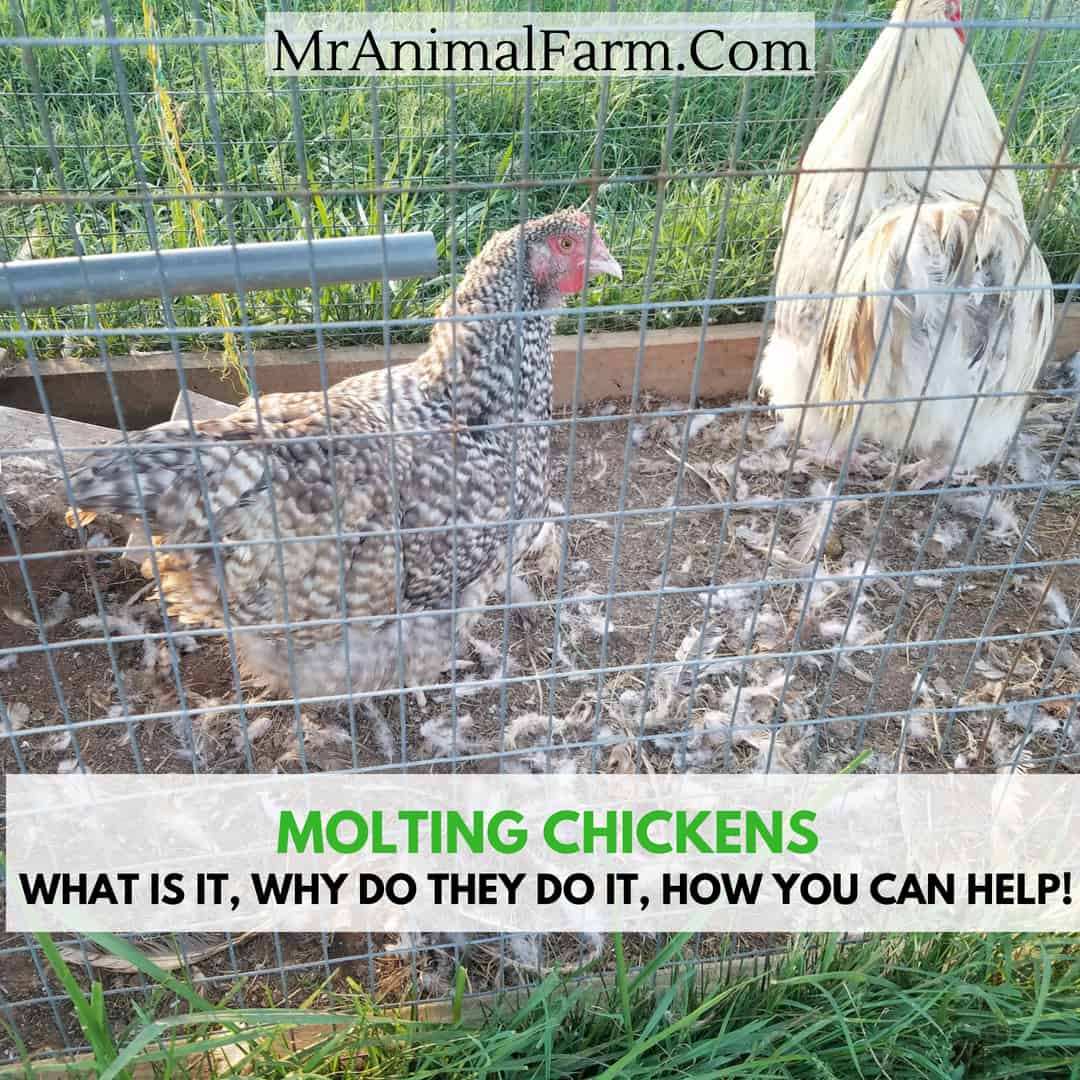
What the heck?! I mean, it seriously looked like a huge pillow fight had happened overnight. None of the chickens seemed to be hurt, injured or missing. But we wondered what would cause this? Did they narrowly escape a predator attack? Do they have some weird chicken disease?
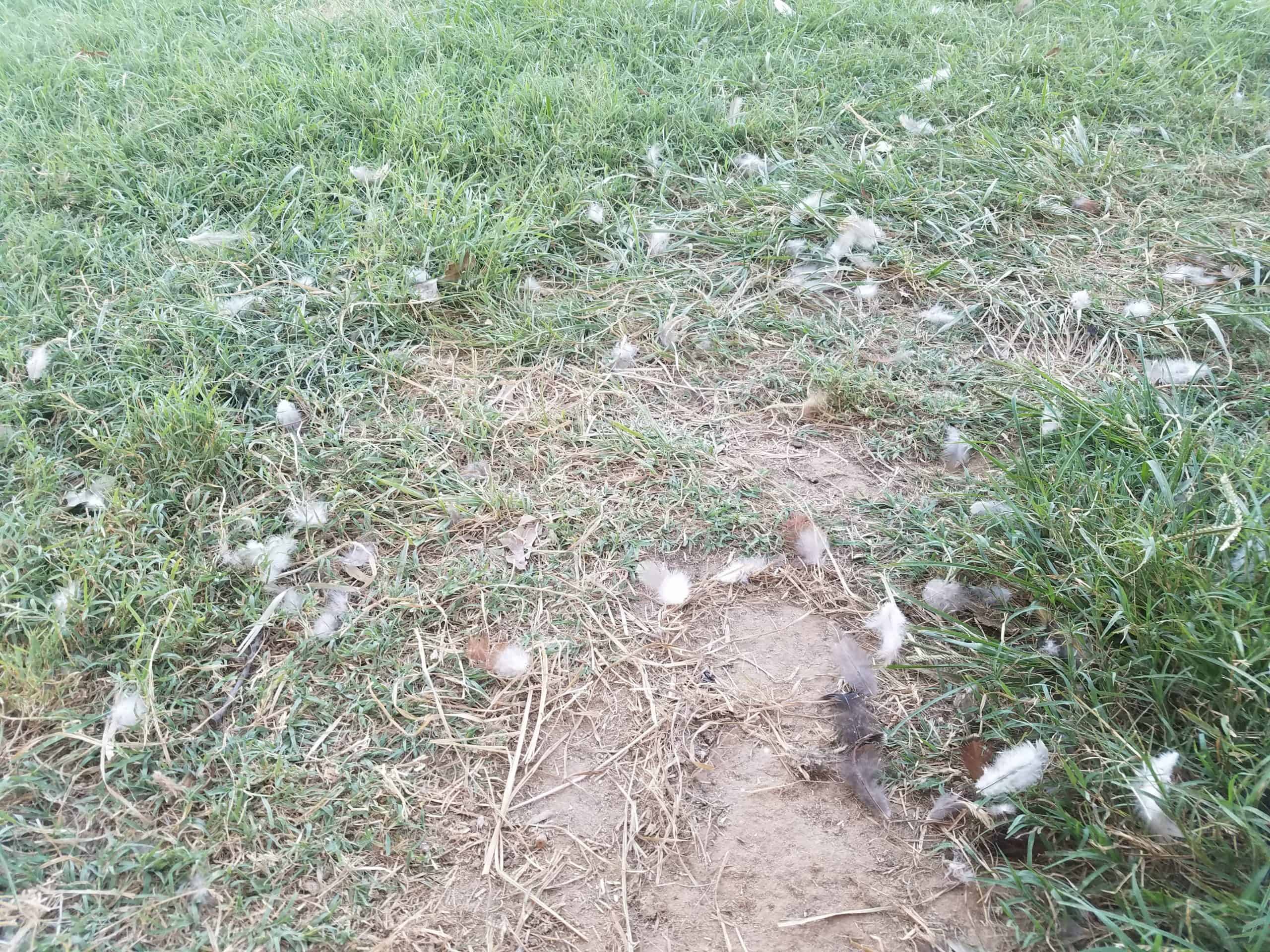
If you own backyard chickens, you should definitely learn about molting chickens so that you know what to expect and how to help them through molt.
If you have a chicken losing feathers all over, it is likely that you have molting chickens. Luckily, molting chickens is a very normal, annual occurrence and is one of the annual parts of keeping your chickens healthy.
What does molting mean and What are molting chickens?
So, what does molting mean? Molting, by definition, is losing and then replacing feathers, skin, shells etc. (source). Does that mean other animals also molt? The answer is yes! For example, ducks also molt.
In chickens, the answer to is (very simply put) the loss and replacement of their feathers. This loss of feathers usually starts at the head and progresses down their body to their tail. They then start gradually growing in new feathers to replace the old ones.
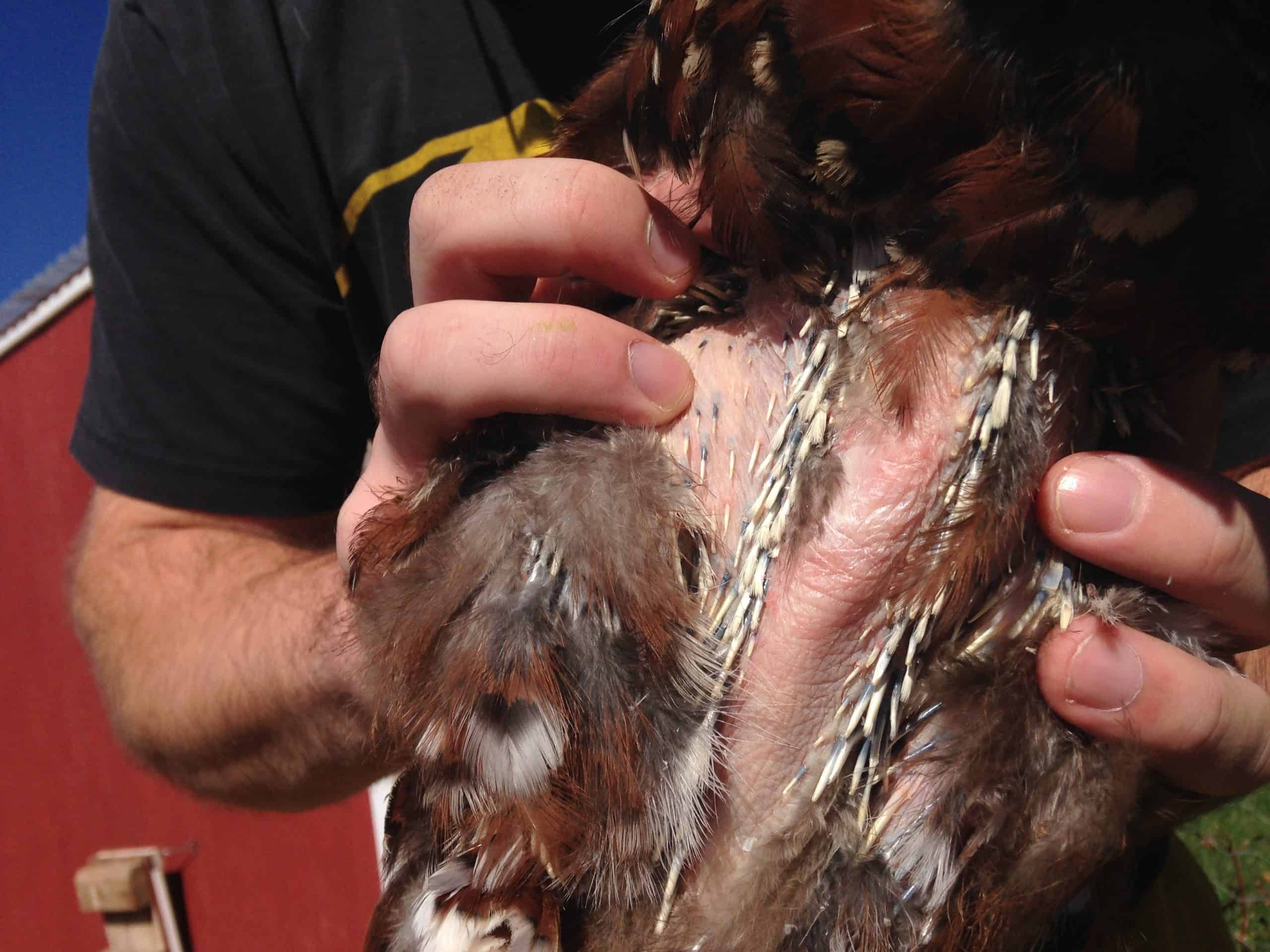
How Can I Tell If My Chicken Is Molting?
Molting chickens will usually have a significant decrease in egg production - often times they actually stop laying all together. This is due to the fact that producing new feathers is a high energy and protein demand on the chickens body. Thus taking away their ability to put energy into making/laying eggs.
Another sign of molting is a noticeable change in their behavior toward you. As we've mentioned, molting is a pretty resource heavy process. Chicken's feel very vulnerable during this time. They may start to avoid you or even become more aggressive to you, pets, or other chickens.
They haven't suddenly turned psychotic. Fear and aggression are natural responses to when an animal feels vulnerable. Give them space and make sure they, and the rest of your flock, are safe and they will get through it just fine.
Need some help keeping your chickens health and care taken care of? Check out the Organized Chicken Keeper for an easy to follow system.
When do chickens molt?
Now that you know the answer to what is molting, you may also wonder: when do chickens molt? Chickens typically molt in the Fall. When daylight hours start to shorten, you will usually see molt start.
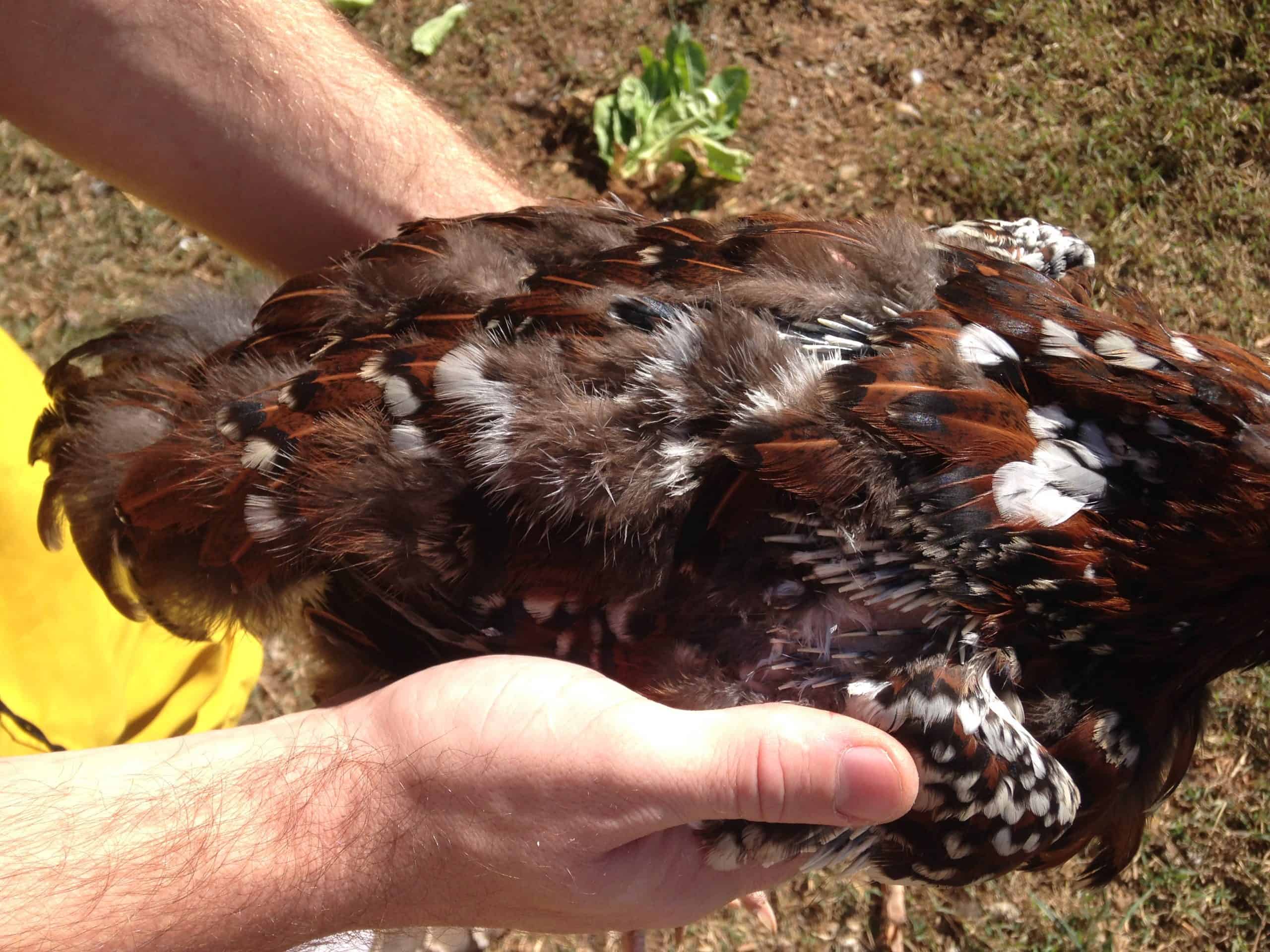
Not all molting chickens will follow the exact same timeframe. So, you may see some start sooner or later than others. But, in general, they will complete their molt in Fall time.
Why do chickens molt?
Simply put, chickens molt to renew their feathers. You can even see a mini-molt in young chicks about 1 - 2 months old as they blow their chick fluff and grow in their adult feathers.
How long do chickens molt?
Wondering about the question how long do chickens molt? The answer to this is a bit of a range. Different chickens will take a little longer than others to complete their molt.
However, in general, molting chickens usually take about two or so months. Some chickens loose a ton of feathers and take quite a while to grow them back in and those chickens can molt for upwards of four months.
How often should you expect molting chickens?
As mentioned above, chicks will actually molt a few times before they are adults. They molt to blow their chick fluff and then again at a few months old to get their adult feathers in.
After chick molts, how often do chickens molt? Typically chickens molt once (sometimes twice) a year.
However, other triggers can cause non-seasonal additional molts. Some of these triggers would be: being broody or a poor diet
How to help molting chickens
Molting puts a lot of stress on the chickens - it take a lot of energy and protein to make all those new feathers. So, feeding plenty high protein, high quality food will help your chickens produce those feathers more easily. Also, try to cut out any filler type foods like regular scratch.
Try giving high protein snacks as well like mealworms.
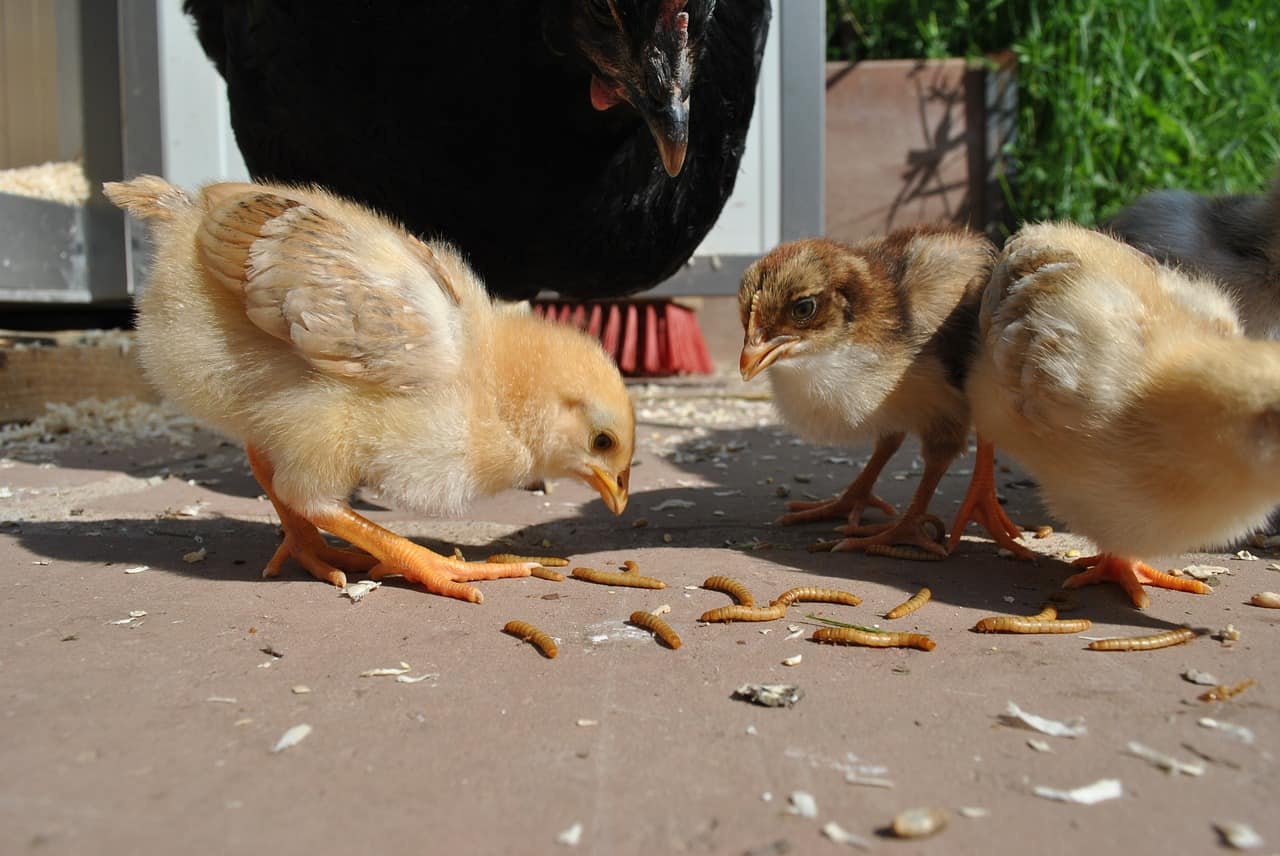
In addition to food intake, try to reduce overall stress. Don't introduce new chickens to your flock while molting. Also, try not to handle the chickens too much - those new feathers growing in can be sore and can actually bleed pretty easily.
Other reasons for a chicken losing feathers:
So, is molting chickens the only reason for a chicken losing feathers? No, it is not! So, if you have a chicken losing feathers and it doesn't seem like a typical molt, you may want to look a little closer.
Chicken mites and chicken lice can cause a chicken to lose it's feathers. Also, if a chicken is low in the pecking order and is getting picked on a lot, it can cause patches of feathers to be lost.
How Can I Tell If My Chicken Is Molting Or Has Mites?
They bother look similar upon first inspection. However, there are other signs to look for that signifies mites. A chicken who has a mite infestation will have less energy and be more lethargic. You may notice them laying around a lot more.
Mites will also cause your chicken's vent area to become messier than normal. Their vent feathers will start to look dirtier as well as they will irritated a scabby skin.
You may notice a further decrease in their egg production than they would have while normally molting. They can also start to become anemic due to blood loss. You can tell by a lack of color in their comb and wattles.
If you need more help with taking care of your chickens, check out The Organized Chicken Keeper for a complete system for managing their health through keeping their supplies stocked and coop clean.
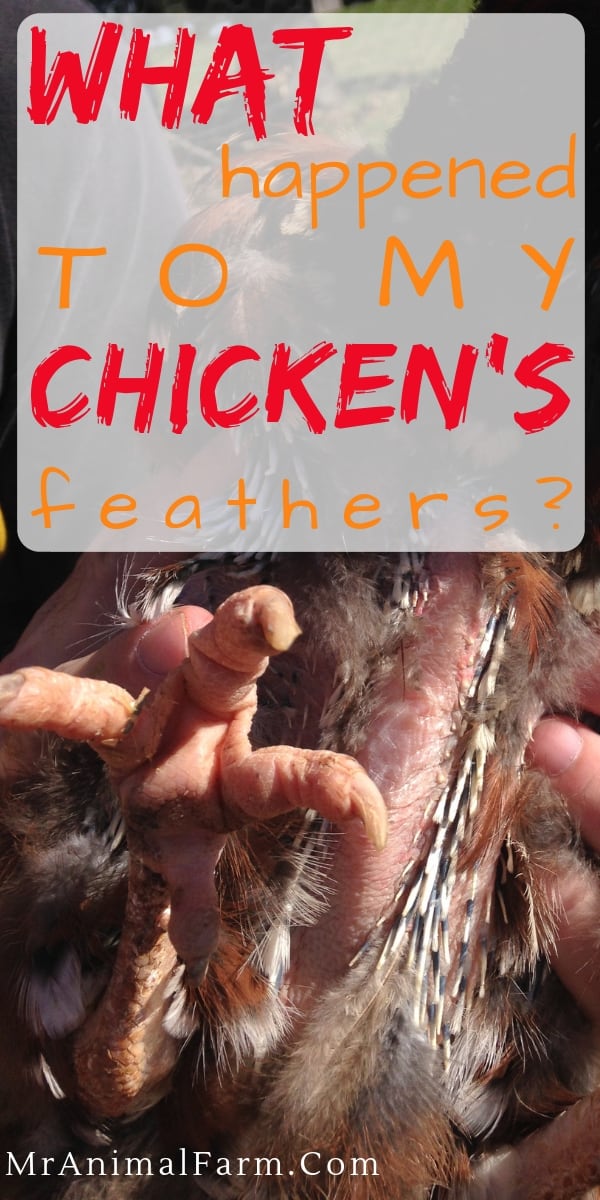

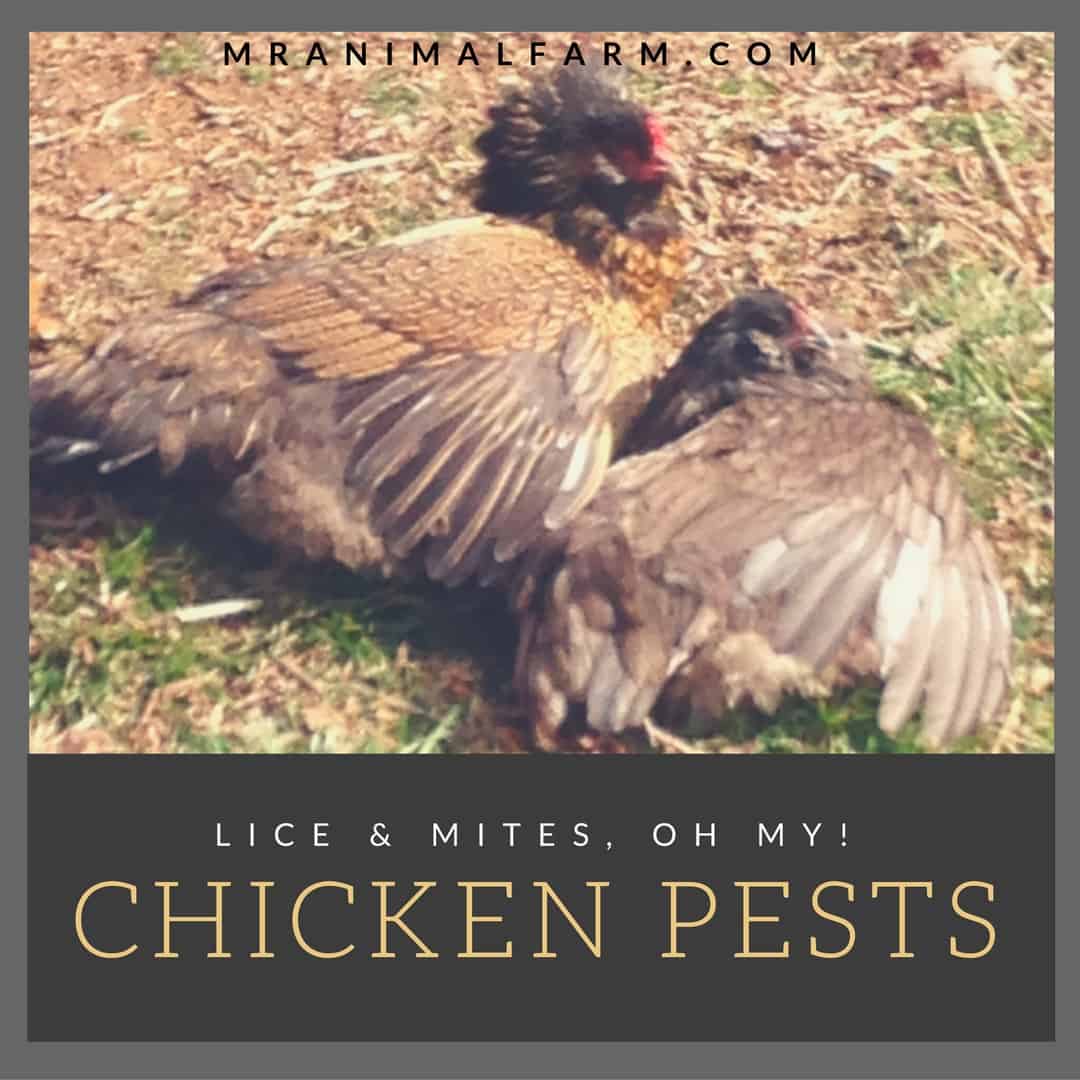
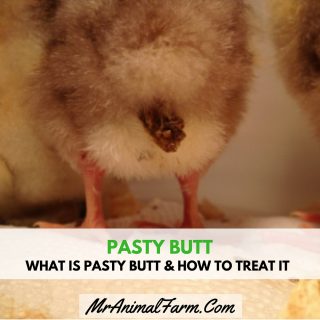
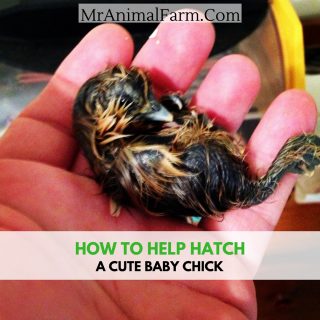
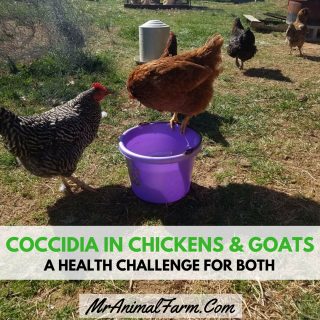
Carrie says
We just got 17 hens and a rooster from a friend. She's been saying they're molting for 6 months now. We asked her how much she'd been feeding them and then we investigated for ourselves because it didn't look like molting to me. She'd been feeding them a TOTAL of 3 cups of crumble, 2 cups of scratch, and 1 cup of cracked corn once a day as well as sprinkling in a little oyster shell; that's it! No wonder the eggs they were laying had paper thin shells. Now we have them on the proper food/diet so things are looking up, I just hope it was in time for all of them. They also had bugs crawling in and out of the feathers so a friend told us about deciduous soil that we have now sprinkled in their dust bath areas. Hopefully this will do it. They are all acting more content and not attacking each other like they were originally so maybe we are on the right track, now we just have to figure out what else we need to do to help them live long content egg laying lives.
B.Murphy says
Did you me DE Diatomaceous? Bc thats what I use to worm my chickens & to keep the mites off them. I put 1 cup DE to 5 lbs of laying feed,let them eat all this, then give regular feed,then repeat it monthly. We have 9 hens.